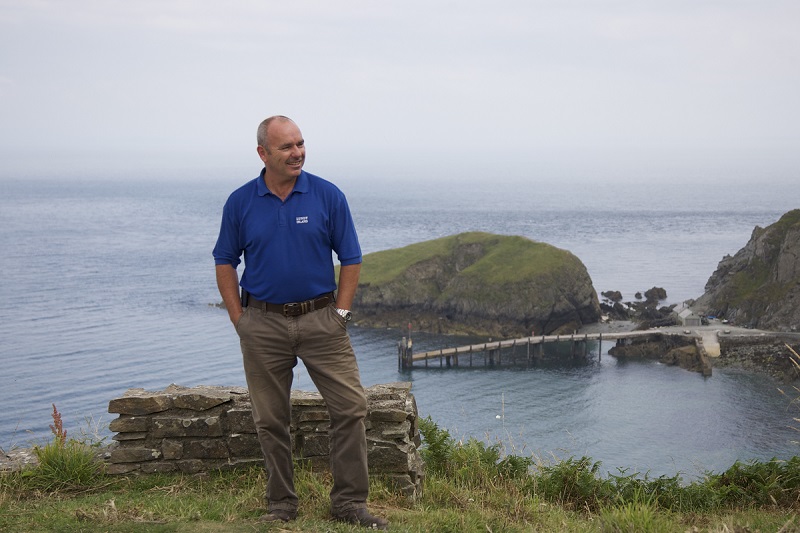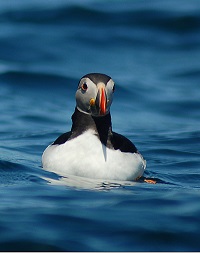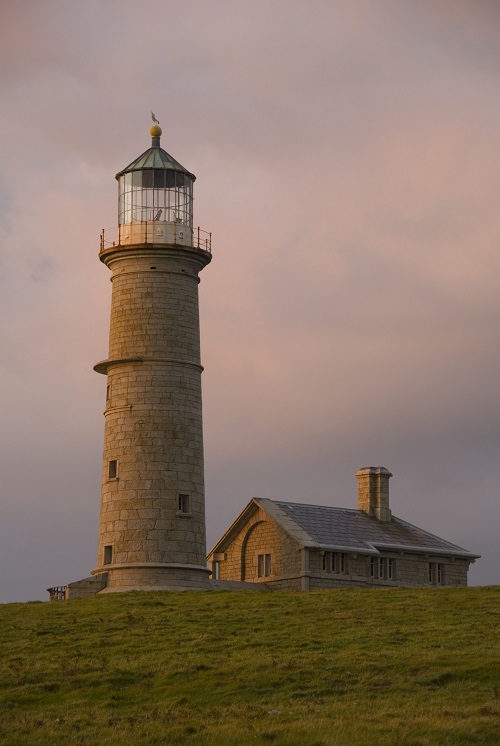
I came to manage Lundy in July 2004. I've had a long love affair with the island since 1989 when I learned to scuba dive here. I was the diving officer of the local Sub Aqua Club in Appledore and spent all of my spare time diving and staying on Lundy. I had carried out a lot of voluntary diving work for the island and I had a background in marine electrical engineering. When the position of manager arose, I didn’t have to think very hard to accept it.
As a diver, Lundy is paradise for me. The island has 185 chartered shipwrecks. But Lundy means so much more to me than just presenting great diving opportunities. It has a special magic which is difficult to put into words: it’s a feeling of being at one with nature, each other, the weather and accepting life in its simplest but most challenging form.
 Lundy attracts up to 20,000 people per year who come to enjoy it’s many features. Whether you’re a climber, diver, birdwatcher, radio ham, model aircraft enthusiast, letter-boxer, walker, wildlife spotter, bell-ringer (we have 10 bells in the church tower!) or simply come to enjoy the peace and quiet or spirit of community in the tavern of an evening, the island offers something for most folks and all ages. If you own a rucksack of any size, you’ll love Lundy.
Lundy attracts up to 20,000 people per year who come to enjoy it’s many features. Whether you’re a climber, diver, birdwatcher, radio ham, model aircraft enthusiast, letter-boxer, walker, wildlife spotter, bell-ringer (we have 10 bells in the church tower!) or simply come to enjoy the peace and quiet or spirit of community in the tavern of an evening, the island offers something for most folks and all ages. If you own a rucksack of any size, you’ll love Lundy.
Choosing my favourite building on Lundy is really difficult. We have 23 Landmarks of all shapes and sizes, 16 cosy staff properties, around 20 other utility buildings including our tavern and workshops. We also have St Helens Church, three lighthouses and 43 ancient scheduled monuments, some of which are in quite breathtaking locations. There’s a lot to choose from!
 If pressed, I would probably have to settle for the Old Light as my favourite building on Lundy. To me, it epitomises much about the islands long and colourful history. The ravage of the sea taking its toll on vulnerable ships on Lundy’s lethal rock, the desolation of the island in winter, the challenge of building and maintaining a sense of community here.
If pressed, I would probably have to settle for the Old Light as my favourite building on Lundy. To me, it epitomises much about the islands long and colourful history. The ravage of the sea taking its toll on vulnerable ships on Lundy’s lethal rock, the desolation of the island in winter, the challenge of building and maintaining a sense of community here.
The granite lighthouse was built in 1819 at a cost of £36,000 - a fortune in those days. Yet no matter how bold the venture, how handsome the building, how commanding the tower and how expensive the build, the weather ultimately overpowered its effectiveness. And so, long abandoned, we are fortunate today to have such a rich legacy and able to visit the lantern room at the top of the tower, sit in the deckchair, and soak up everything that is Lundy.